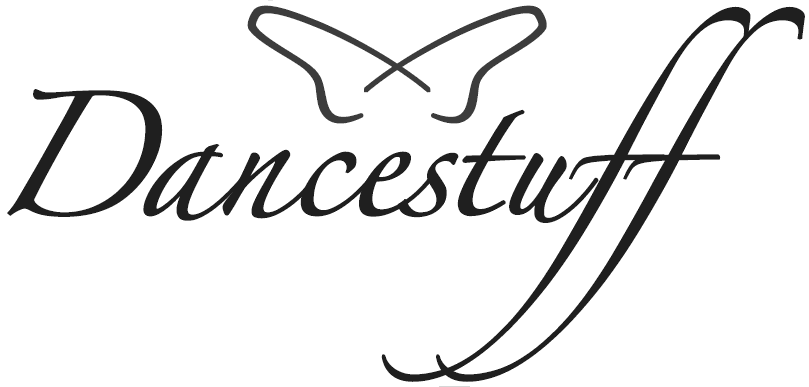Why we don't put pointe shoes on young children
At Dancestuff we pride ourselves on our pointe shoe fittings. We have developed an extensive and thorough method for our pointe fittings, and we love getting to help dancers find the perfect shoe for their foot. We take our responsibility in fitting pointe shoes very seriously and we know the concerns that parents, teachers and dancers can have about pointe work.
However, every now and then we have a customer in the store asking for pointe shoes who we have to tell “sorry, we can’t sell you pointe shoes.” Common reasons for this might be:
A very young child – they may have seen some beautiful ballet on TV or in a book, or want to dance like Emma from the Wiggles.
A very new dancer (or a dancer who may be experienced, but is new to ballet) – they may want to do pointe work like their friends and classmates.
A non-dancer – often they are old enough however have very little or no ballet experience (commonly models wanting shoes for a ‘ballet inspired’ photo shoot).
It can be heartbreaking to get to the dance store and find out that you can’t have pointe shoes, but as fitters we have a duty of care to our customers to inform them of the requirements of pointe work and ensure customers are capable before proceeding with a fitting.
So why can’t my child have them?
Most qualified ballet teachers agree that pointe work should not be done by students who are less than 11 years old (some prefer students to be closer to 13) in fact, the earliest age an R.A.D. student can take the Intermediate Foundation exam – the first level to introduce a small amount of pointe work – is 11.
It is important to note that dancing en pointe will greatly increase the forces placed on a foot – up to 12 times a dancers body weight are placed on a dancers foot during pointe work and we know that children’s bones are more susceptible to injury. One of the concerns with a young child beginning pointe work before 11 (or older) is the risk of damage to their growth plates. This, combined with lack of strength, stability, control, or ankle flexibility can lead to injury in young dancers no matter how good they are in their other classes.
While it may be disappointing for your little one to not ‘dance on her toes’ she can still enjoy the wonderful world of ballet with a pair of flat ballet shoes, a tutu and some beautiful music. If dancing en pointe is a goal, find a reputable dance studio with a qualified ballet teacher so she can learn all the foundations required and move up through the grades with her peers.
I’m old enough, why can’t I just get them and practice at home?
It’s not just age that matters in being ready for pointe work, once a student has reached the right age they may still not be ready. Usually ballet teachers will require a student to have been consistently taking part in two ballet classes a week for several years before the progression to pointe work would be considered. Many will require that students have undertaken their exams in the lead up to this point. This allows the student ample time to learn the correct classical technique, build strength in their core, feet and ankles, develop stability and control and develop the flexibility required in the ankle to stand safely en pointe. It’s not just a simple matter of buying shoes in the right size and starting class!
Often ballet teachers will require a dancer to see a physio or podiatrist to be assessed before being cleared to begin their pointe journey – if they aren’t quite ready yet, they will be given exercises to do to build up their strength, control, and ankle flexibility. Sometimes a ballet teacher may require a student to do a year of ‘pre-pointe training’ where they may encourage students to wear demi-pointe shoes in preparation for pointe shoes.
OK I’ve passed the assessments, and my teacher says I am ready – now what?
It is important to remember that at Dancestuff, we follow the advice and requirements of individual dance studios who we work closely with. Once you get the OK from your teacher, then it’s time to give us a call for a fitting appointment. Our staff are all experienced teachers who have worked in the dance industry for many years, and all of our pointe fitters have been fully trained in our fitting method.
At your fitting appointment we’ll take some measurements of your feet, we’ll let you know if spacers are recommended for you based on your foot shape and we’ll walk you through padding required. We’ll ask you a lot of questions at the beginning to give us the most information to do an accurate fitting and then we’ll start giving you some shoes to try. We’ll be with you each step of the way to ensure you are in the best shoe for your foot! We’ll tell you how to care for your shoes and accessories and answer any questions you have about pointe shoes and pointe work.
